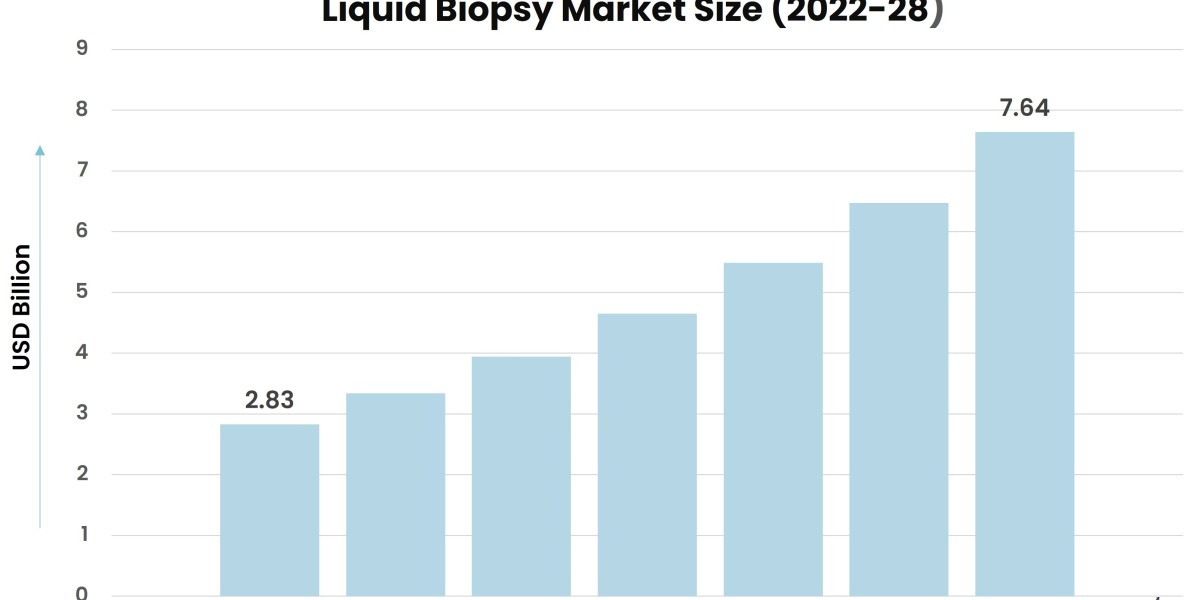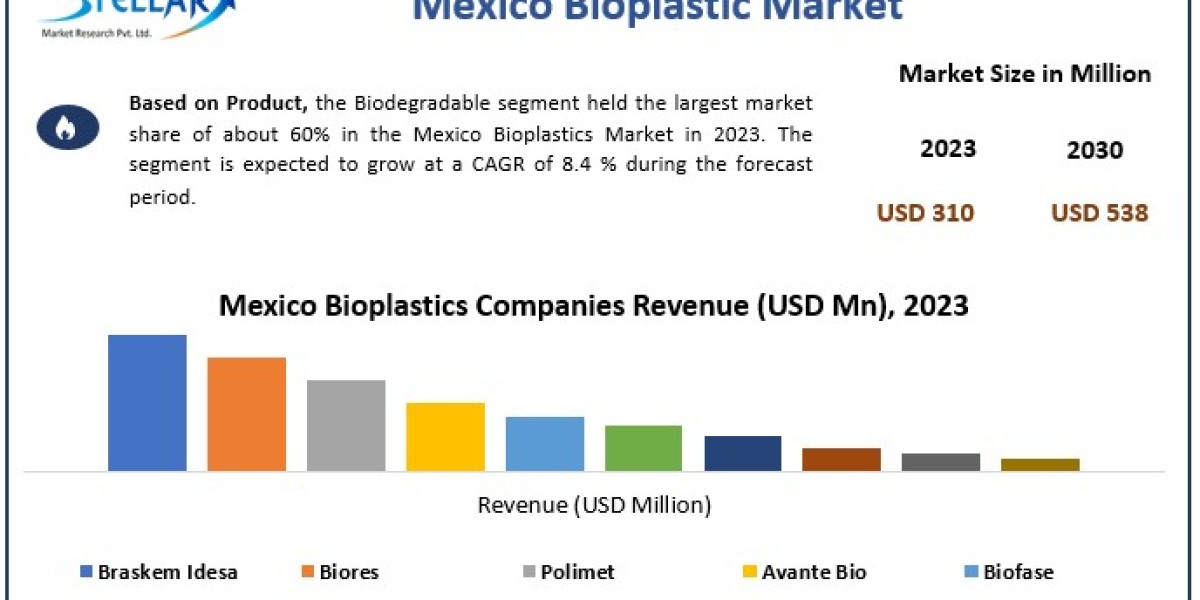According to Stratview Research, the liquid biopsy market was estimated at USD 2.83 billion in 2022 and is likely to grow at a CAGR of 17.99% during 2023-2028 to reach USD 7.64 billion in 2028.
The field of cancer diagnosis and treatment has seen remarkable advancements over the years. Among the most significant innovations in recent times is the introduction of liquid biopsy, a non-invasive approach to cancer diagnosis that is challenging the conventional methods of traditional tissue biopsy. In this article, we explore the key differences between liquid biopsy and traditional biopsy, and how liquid biopsy is emerging as a game-changer in the world of cancer diagnosis.
The Conventional Approach: Traditional Biopsy
Traditional biopsy has long been the gold standard for diagnosing cancer. This invasive procedure involves the removal of a sample of tissue from a suspected tumor or affected area. The excised tissue is then examined under a microscope to determine the presence of cancer cells, their type, stage, and other characteristics. Traditional biopsies can be performed through surgical procedures, such as open surgery or minimally invasive methods like needle biopsies.
Challenges of Traditional Biopsy
While traditional biopsy has been effective in diagnosing cancer for many years, it comes with several inherent challenges:
Invasiveness: Traditional biopsies are invasive procedures that can be painful, carry risks of complications, and require recovery time.
Limited Accessibility: Some tumors may be located in areas that are difficult to access, making it challenging to obtain tissue samples.
Snapshot in Time: Traditional biopsies provide a static view of cancer, often reflecting a single moment in its development. This may not capture the full spectrum of genetic changes and heterogeneity in the tumor.
Resistance to Repeat Biopsies: Repeated biopsies can be difficult for patients and may not always be feasible.
The Revolutionary Approach: Liquid Biopsy
Liquid biopsy, in contrast, offers a groundbreaking alternative to traditional biopsy. It involves the analysis of various biological fluids, such as blood, urine, or cerebrospinal fluid, to detect and monitor cancer. Liquid biopsy leverages circulating biomarkers, including circulating tumor cells (CTCs) and cell-free DNA (cfDNA), to provide insights into the presence of cancer and its characteristics.
Advantages of Liquid Biopsy
Liquid biopsy has swiftly gained recognition for several key advantages it offers:
Non-Invasive: Liquid biopsy is a non-invasive procedure, reducing patient discomfort and the risk of complications associated with traditional biopsy.
Early Detection: It is highly sensitive and can detect cancer at an earlier stage, often before symptoms appear.
Accessibility: Since it relies on bodily fluids, liquid biopsy is accessible and can be performed even in cases where traditional biopsy is challenging.
Dynamic Monitoring: Liquid biopsy enables dynamic monitoring of cancer progression and response to treatment, allowing for timely adjustments in treatment plans.
Comprehensive Profiling: Liquid biopsy provides a comprehensive genetic profile of the tumor, aiding in the selection of targeted therapies and personalized treatment strategies.
Applications of Liquid Biopsy
Liquid biopsy is rapidly expanding its applications in the field of oncology:
Early Detection: Liquid biopsy is being used for early detection of cancer, providing a significant advantage in improving patient outcomes.
Monitoring Treatment Response: It helps assess how a patient is responding to treatment, allowing for personalized therapy adjustments.
Identifying Minimal Residual Disease (MRD): Liquid biopsy can detect the presence of residual cancer cells after treatment, aiding in MRD assessment.
Investigating Drug Resistance: Liquid biopsy assists in identifying the development of drug resistance, enabling treatment modifications.
Conclusion
The emergence of liquid biopsy is reshaping the landscape of cancer diagnosis, offering a non-invasive, highly sensitive, and dynamic alternative to traditional biopsy. While traditional biopsy remains important for some cases, liquid biopsy is increasingly becoming the preferred method for early cancer detection and monitoring treatment response. As this game-changing technology continues to evolve, it has the potential to transform the way we diagnose and manage cancer, providing patients with less invasive, more effective, and personalized approaches to their healthcare. With ongoing research and technological advancements, liquid biopsy is proving to be a game-changer in the field of cancer diagnosis, offering hope for improved outcomes and quality of life for cancer patients.







